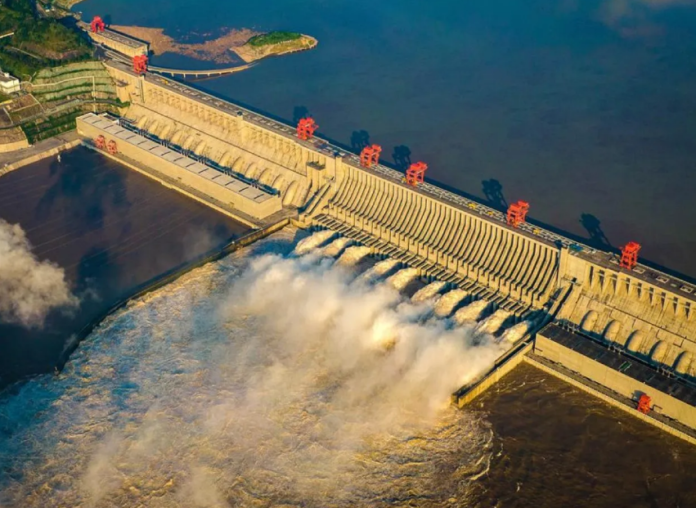China has greenlit the construction of what will become the world’s largest hydropower dam on the lower reaches of the Yarlung Zangbo River, on the eastern edge of the Tibetan plateau. The project is set to generate an estimated 300 billion kilowatt-hours (kWh) of electricity annually, dwarfing the 88.2 billion kWh capacity of the Three Gorges Dam, currently the largest hydropower facility in the world.
The dam, which promises to significantly advance China’s carbon neutrality goals, is expected to stimulate various industries, generate employment in Tibet, and reinforce the nation’s renewable energy infrastructure. However, it has drawn criticism and concerns from neighboring countries, including India and Bangladesh, over its potential ecological and hydrological impact.
The Yarlung Zangbo, known for its dramatic 2,000-meter descent over just 50 kilometers, presents both immense hydropower potential and formidable engineering challenges. The cost of this new dam, anticipated to surpass the 254.2 billion yuan ($34.83 billion) spent on the Three Gorges Dam, includes extensive engineering and the likely resettlement of local communities.
China has yet to disclose how many people will be displaced or the environmental impact of the project. Officials have downplayed concerns, insisting that hydropower projects in Tibet, which holds over a third of China’s hydroelectric potential, would have minimal impact on the environment and downstream water flows.
The Yarlung Zangbo becomes the Brahmaputra River as it flows into India and Bangladesh. Both countries rely heavily on its waters for agriculture, drinking water, and overall ecosystem stability. Alterations to the river’s flow could have far-reaching consequences for millions living downstream.
India and Bangladesh have repeatedly voiced concerns over China’s upstream hydropower projects, fearing reduced water flow, sedimentation, and potential ecological disruption.
As China accelerates its renewable energy ambitions, balancing domestic energy needs with international environmental concerns will be critical. The Tibetan plateau, one of the world’s most biodiverse regions, adds further complexity to the equation.



